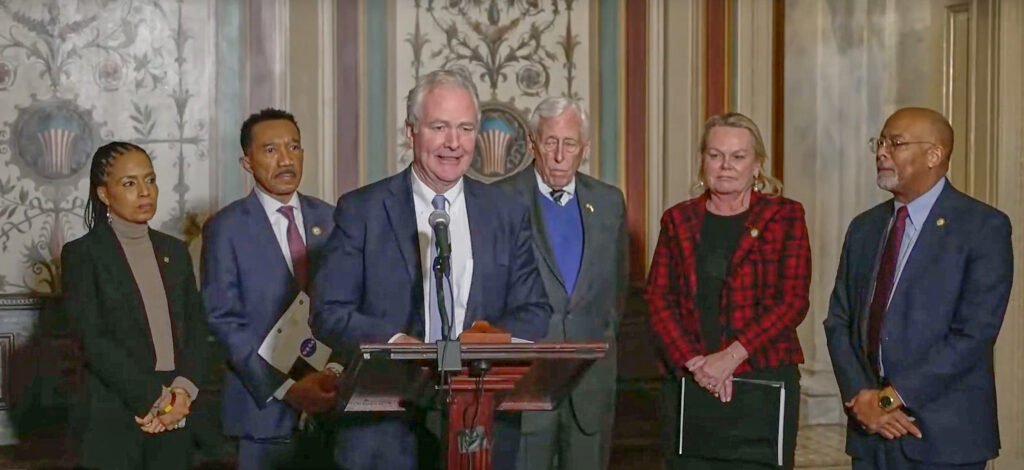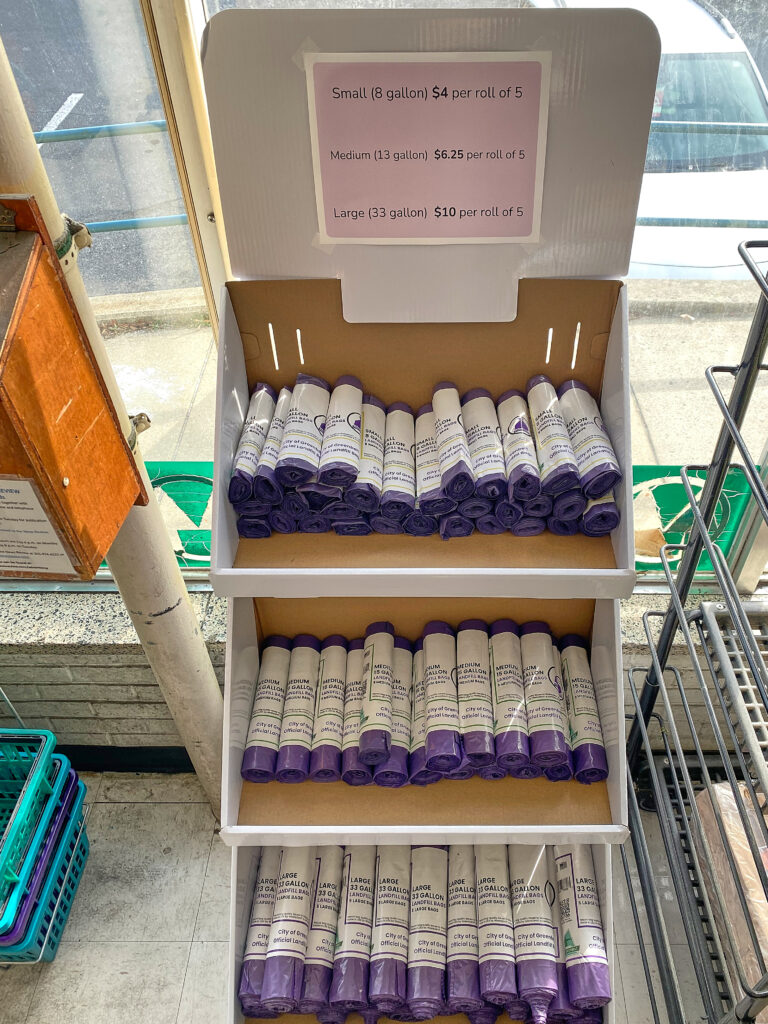On Monday, November 30, the Greenbelt City Council met with Prince George’s County Executive Angela Alsobrooks and her staff for a two-hour worksession. After a welcome by Mayor Colin Byrd, Alsobrooks emphasized that the county was the hardest hit in the region by Covid-19, with over 39,000 cases to date and current high rates of positive testing. She felt that the county and municipalities had worked together collaboratively to do a great job for the county under these difficult circumstances and thanked Greenbelt in particular for its excellent collaboration. She noted that the county is now seeing a serious new surge in cases.
Covid-19 Response
Alsobrooks referred to the assistance programs the county has rolled out for businesses and individuals. Prince George’s County used CARES Act funding to provide grant funding to many businesses but she felt it is still not enough and in particular that the resources needed to sustain the hotel industry would have to come from the federal government. With the pandemic continuing, the conferences and gatherings on which county hotels rely continue to be cancelled.
The restaurant resiliency fund has given grants averaging $12,000 per business but there is still some funding available.
With well over 157,000 residents filing for unemployment, the county has provided $200 gift cards to many (in addition to other unemployment benefits) and is working hard to get residents re-employed. She noted that any business hiring a person before December 15 is eligible for a grant of up to $15,000.
During the worksession, Alsobrooks expressed wonderment and frustration that despite offering rental assistance, the county found that residents who needed the help were unable to fill out the application for rental assistance and the county had to request that landlords complete the applications on behalf of renters. Alsobrooks noted that, in contrast, there were hours-long lines around the block for gift cards.
Alsobrooks pointed out that the pandemic has revealed and underscored county issues that already existed – especially in terms of food insecurity. The county typically provides about 200,000 meals a year to its residents, but this year it has provided two million to date.
In response to a question by Greenbelt’s Bob Rand, Alsobrooks spoke of the county’s plans to coordinate rollout for the Covid-19 vaccine. She noted that people are fearful of it so part of the challenge is to build confidence that the vaccine is safe and effective. The county is currently using CARES Act funding to provide proper facilities and supply chain. This includes acquiring refrigeration facilities and developing a protocol for vaccine distribution.
Byrd expressed his desire that the county pass on to municipalities funds from the state and federal governments. Alsobrooks responded that regarding CARES Act funding, Prince George’s County was one of the few counties that had shared funds with municipalities. In perhaps an example of how no good deed goes unpunished, she noted that CARES funds had to be spent by December 31 or be returned to the federal government – but that many municipalities had not been effective in disbursing the funds. Alsobrooks was concerned to get all CARES Act funding constructively spent by the deadline but the funds were in the control of the municipalities. Greenbelt City Treasurer Bertha Gaymon assured the meeting that Greenbelt is on track to spend every dollar. She told the meeting that the city met the 60 percent level on November 20 with ~$852K spent and will hit 80 percent this week, with a month to go. City Manager Nicole Ard also thanked the county for its help to Economic Development Coordinator Charise Liggins in getting information out to potential restaurant applicants.
Alsobrooks noted in response to a concern by Councilmember Judith Davis about continuing fiscal impacts, that though they are doing better than expected due to CARES Act funding and have not seen a loss in personal tax revenues, the county expects the crunch will come in the next fiscal year, with hotel and entertainment taxes especially hard hit. Alsobrooks expects a lot of tough choices and anticipates hiring freezes, no cost-of-living adjustments and she is already moving to preemptively tighten belts ahead of time. She hopes that more federal assistance will come from the next administration or that there will be a compromise bill now before the year’s end.
Post-Pandemic Planning
The county has formed a forward task force to study how to become stronger and more resourceful after the pandemic. Considerations include how to address the achievement and opportunity gap of kids who are struggling with educational delivery limitations to make sure they get back on track. There are plans, for example, to make programming and tutoring available all year long – with free summer sessions, especially for those students who are disadvantaged or who have learning disabilities that make electronic delivery difficult or impossible. The task force is also focusing on attracting grocery stores to underserved county areas to address food insecurities revealed by the pandemic.
Additional planning involves the police reform workgroup which is looking at hiring practices, training and policies regarding use of force.
Alsobrooks discussed the effects of Governor Hogan’s veto of the Blueprint for Maryland’s Future, also known as the Kirwan education reform package, which would have increased funding for education. An additional factor is revenue losses experienced at all levels of government, which lead to the potential loss of education funding from the state to the county. Exacerbating this, many parents withheld their children from kindergarten during the pandemic, preferring to register them a year late rather than have them in remote learning. Because funding projections are based on kindergarten attendance, there is a potential loss of funding that will trickle through the county education system.
Additional concerns aired at the meeting will be addressed in a future article.



